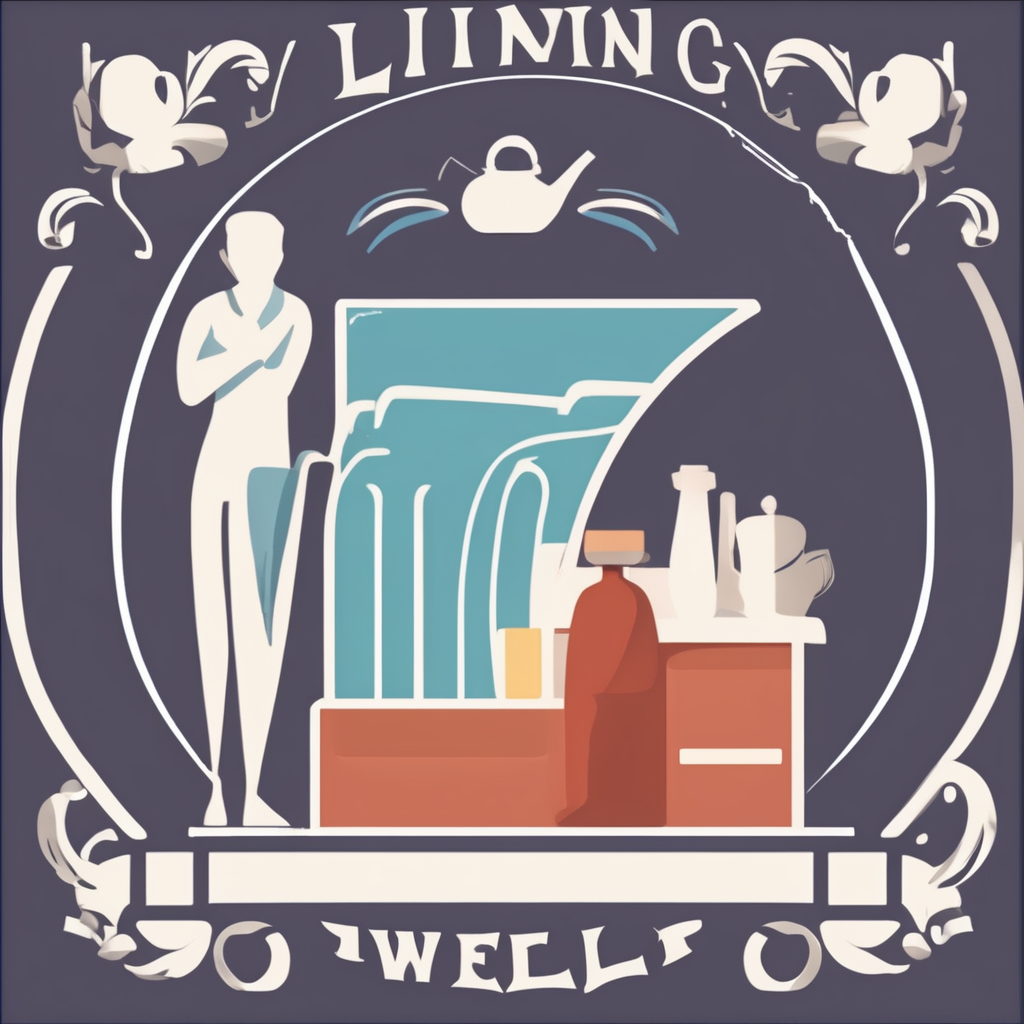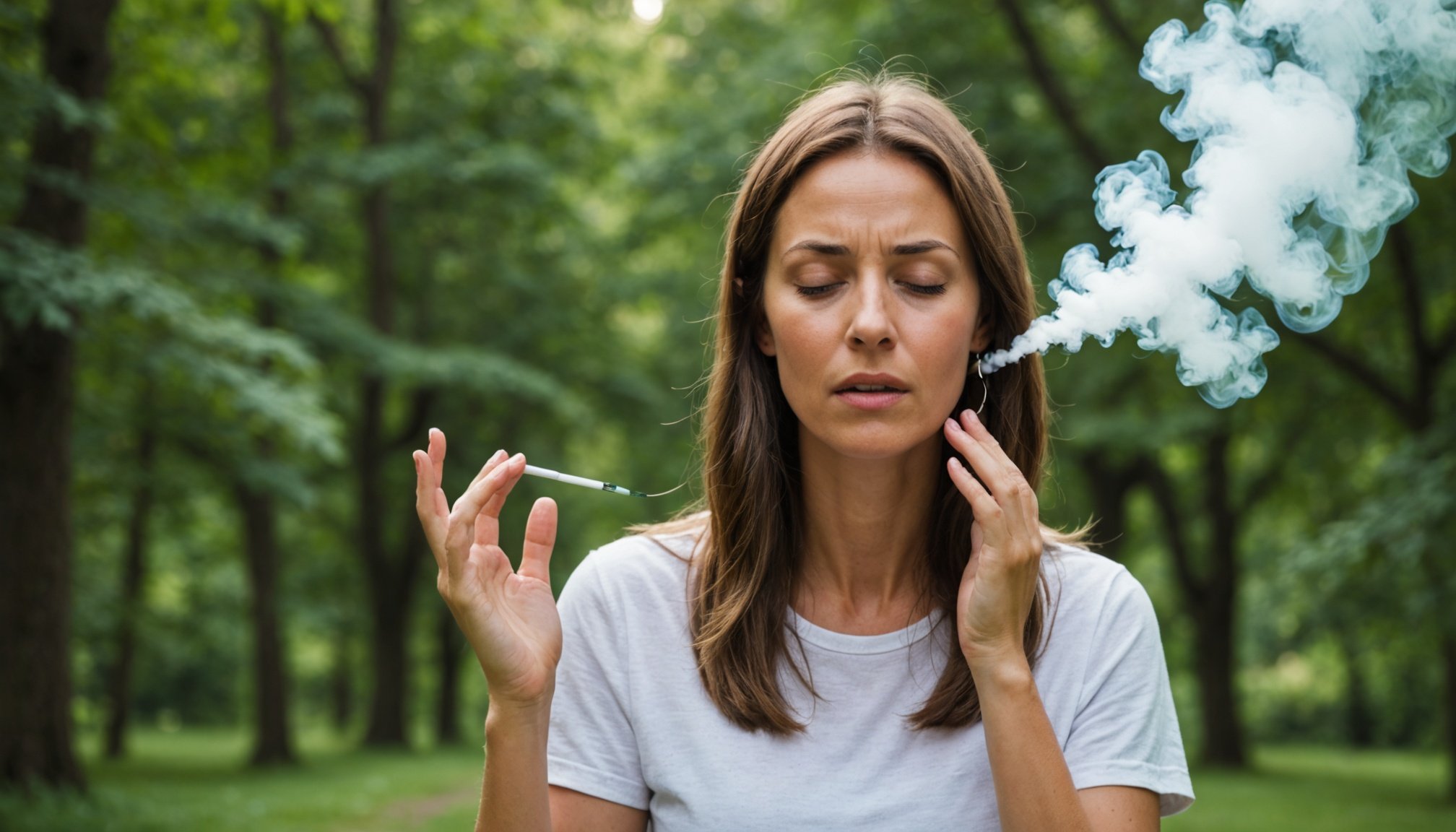Unlocking Calm: The Power of Targeted Breathing Techniques to Soothe Panic Disorder Symptoms
Understanding Panic Disorder and Its Symptoms
Panic disorder is a type of anxiety disorder characterized by recurring panic attacks, which are intense episodes of fear or discomfort that peak within minutes and include symptoms such as a racing heart, sweating, trembling, and a feeling of impending doom or death. These attacks can be debilitating and significantly impact an individual’s quality of life.
The Physical and Emotional Toll
When someone experiences a panic attack, their body reacts as if it is in immediate danger, triggering the “fight or flight” response. This leads to a surge in stress hormones like adrenaline, causing physical symptoms such as an accelerated heart rate, palpitations, and a sensation of suffocation or choking[1].
Also read : Top strategies to conquer autophobia and embrace solitude
The Role of Breathing in Managing Anxiety
Breathing is a fundamental aspect of our physiological response to stress and anxiety. When we are anxious or in a state of panic, our breathing tends to become rapid and shallow. However, by consciously controlling our breathing, we can calm our nervous system and reduce anxiety symptoms.
How Breathing Affects the Body
Breathing techniques can influence both the body and the brain. Deep, controlled breathing can slow down the heart rate, lower blood pressure, and reduce the production of stress hormones. Here’s a detailed look at how breathing affects the body:
In the same genre : Discover top orthopaedic solutions to enhance your comfort
- Heart Rate: Deep breathing can help slow down the heart rate, which is often accelerated during a panic attack. This reduction in heart rate signals to the brain that the body is not in immediate danger, helping to calm the nervous system[3].
- Brain Activity: Breathing techniques can alter brain activity, particularly in areas responsible for emotional regulation. Studies have shown that mindfulness and deep breathing exercises can reduce activity in the amygdala, the part of the brain that processes fear and anxiety[2].
- Muscle Relaxation: Controlled breathing helps in relaxing the muscles, which are often tense during anxiety and panic attacks. This relaxation reduces physical discomfort and enhances overall well-being.
Effective Breathing Techniques for Panic Disorder
There are several breathing techniques that can be particularly helpful in managing panic disorder symptoms.
Deep Breathing Exercises
Deep breathing, also known as diaphragmatic breathing, involves breathing deeply into the lungs rather than shallowly into the chest. Here’s how to practice deep breathing:
- Find a Comfortable Position: Sit or lie down in a comfortable position.
- Place One Hand on the Stomach and the Other on the Chest: This will help you feel the movement of your diaphragm.
- Inhale Slowly: Breathe in slowly through your nose, allowing your stomach to rise as your diaphragm descends.
- Hold the Breath: Hold the breath for a few seconds.
- Exhale Slowly: Breathe out slowly through your mouth, allowing your stomach to fall as your diaphragm rises.
Mindful Breathing
Mindful breathing involves paying full attention to the breath without trying to control it. Here’s a step-by-step guide:
- Focus on the Breath: Pay attention to the sensation of the breath moving in and out of the body.
- Observe Without Judgment: If the mind wanders, gently bring it back to the breath without judgment.
- Practice Regularly: Incorporate mindful breathing into your daily routine, even if it’s just for a few minutes.
Box Breathing
Box breathing, also known as square breathing, is a technique used by Navy SEALs to calm their nerves under stress. Here’s how to do it:
- Inhale for 4 Seconds: Breathe in for a count of 4.
- Hold for 4 Seconds: Hold the breath for a count of 4.
- Exhale for 4 Seconds: Breathe out for a count of 4.
- Hold Again for 4 Seconds: Hold the breath again for a count of 4.
Practical Tips for Implementing Breathing Techniques
Here are some practical tips to help you incorporate breathing techniques into your daily life:
Create a Routine
- Set a Specific Time: Choose a specific time each day to practice breathing exercises, such as first thing in the morning or before bed.
- Use Reminders: Set reminders on your phone or place a note in a visible spot to remind you to practice.
Use Technology
- Apps and Guided Sessions: Utilize apps like Headspace or Calm that offer guided breathing sessions.
- Videos and Tutorials: Watch videos or follow tutorials online to learn new techniques.
Combine with Other Therapies
- Therapy Sessions: Incorporate breathing exercises into your therapy sessions. Cognitive-behavioral therapy (CBT) and other forms of psychotherapy can be highly effective when combined with breathing techniques[1][2].
- Physical Activity: Combine breathing exercises with physical activity, such as yoga or walking, to enhance their benefits.
Real-Life Examples and Testimonials
Breathing techniques have helped many individuals manage their anxiety and panic disorder symptoms. Here are a few testimonials:
- “I used to have panic attacks almost daily, but since I started practicing deep breathing exercises, I’ve noticed a significant reduction in their frequency and intensity. It’s been a game-changer for me.” – Sarah, 32
- “Mindful breathing has helped me stay calm in stressful situations. It’s amazing how something so simple can make such a big difference.” – John, 45
Comparative Analysis of Breathing Techniques
Here is a comparative table of some common breathing techniques used to manage anxiety and panic disorder symptoms:
| Technique | Description | Benefits | Challenges |
|---|---|---|---|
| Deep Breathing | Breathing deeply into the lungs | Slows heart rate, reduces stress hormones | Can be difficult to master for beginners |
| Mindful Breathing | Focusing on the breath without control | Enhances mindfulness, reduces anxiety | Requires consistent practice to see results |
| Box Breathing | Breathing in a 4-4-4-4 pattern | Simple to learn, effective in high-stress situations | May not be as effective for long-term anxiety management |
| Yoga Breathing | Various breathing techniques used in yoga | Combines physical movement with breathing, enhances overall well-being | Requires a yoga practice or class |
Additional Strategies for Managing Anxiety
While breathing techniques are powerful tools, they are often more effective when combined with other strategies for managing anxiety.
Lifestyle Changes
- Regular Exercise: Physical activity can reduce overall anxiety levels and improve mental health[2].
- Healthy Diet: Eating a balanced diet rich in nutrients can support mental health.
- Adequate Sleep: Ensuring you get enough sleep is crucial for managing anxiety.
Social Support
- Support Groups: Joining a support group can provide a sense of community and help you feel less isolated.
- Therapy: Regular therapy sessions can offer additional tools and support for managing anxiety.
Medication and Therapy
- Anxiolytics: In some cases, medication may be necessary to manage severe anxiety symptoms. However, this should always be under the guidance of a healthcare professional[2].
- Cognitive-Behavioral Therapy (CBT): CBT is a highly effective form of therapy for anxiety disorders, including panic disorder.
Breathing techniques are a powerful and accessible way to manage panic disorder symptoms. By incorporating deep breathing, mindful breathing, and other controlled breathing techniques into your daily routine, you can significantly reduce your anxiety and improve your overall mental health.
As Dr. Andrew Weil, a renowned expert in integrative medicine, notes: “Breathing is the bridge between the conscious and subconscious mind. By changing your breathing, you can change your state of mind.”
Remember, managing anxiety is a journey, and it’s okay to take it one step at a time. With consistent practice and the right support, you can unlock the calm and live a more balanced, healthy life.











